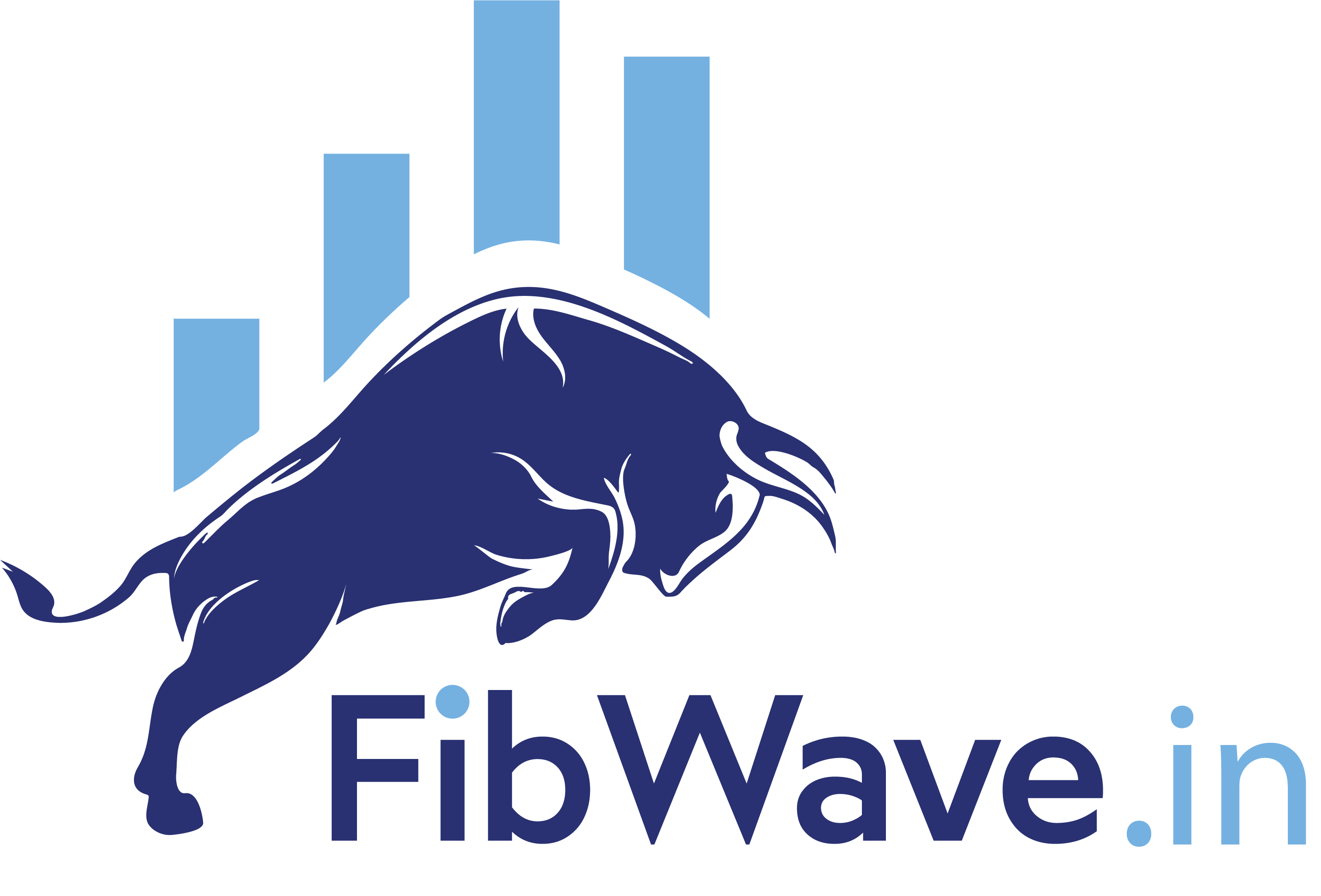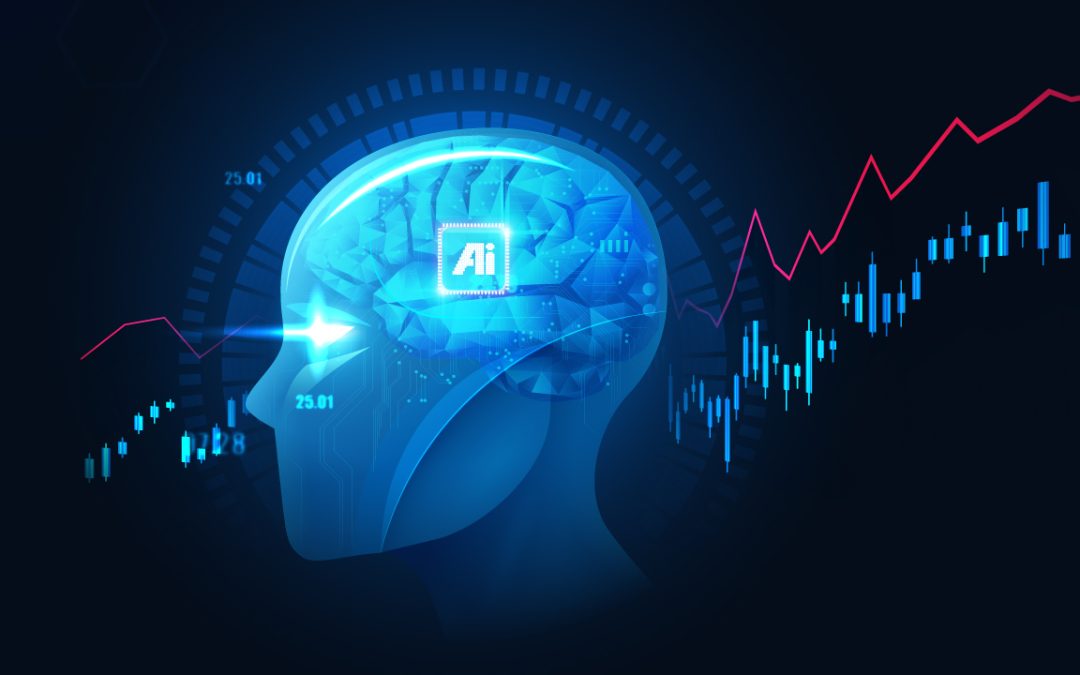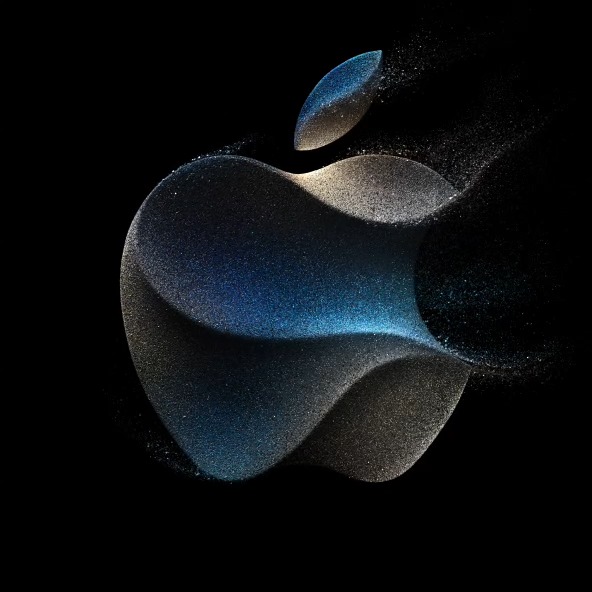Trading, the art of buying and selling financial instruments in the ever-evolving global markets, offers a multitude of strategies for traders to consider. Among these, algorithmic trading and manual trading are two distinct paths that traders can tread. Each approach has its advantages and disadvantages, and the choice between them hinges on the trader’s goals, preferences, and resources.
Algorithmic trading, often referred to as automated or algo trading, involves the use of computer programs to execute trading strategies with little to no human intervention. These algorithms are designed to analyse vast datasets, identify patterns, and execute trades at optimal times. Algorithmic trading offers traders the advantage of speed, precision, and the ability to process a large volume of data that would be impossible for a human trader to manage. This approach can be beneficial for high-frequency traders, as it allows for quick execution of orders and can exploit even the smallest market inefficiencies.
On the other hand, manual trading relies on a trader’s intuition, experience, and emotional intelligence to make trading decisions. This method places the trader in control, allowing for adaptability and flexibility in response to market conditions. Manual traders can leverage their knowledge of market trends, news, and global events to make informed decisions, and they can also quickly react to unforeseen developments. For some, the human element in manual trading can be a source of satisfaction, as it relies on their expertise and judgment.
Each approach has its own unique set of benefits and drawbacks. Algorithmic trading excels in its ability to execute trades swiftly, without succumbing to emotions, and to capitalize on quantitative data analysis. However, it requires a substantial investment in technology and software development and may struggle to adapt to unforeseen market changes. Manual trading, on the other hand, relies on human insight and adaptability but may suffer from emotional biases and the limitations of a trader’s ability to process information swiftly.
The choice between algorithmic and manual trading largely depends on a trader’s preferences, goals, and resources. Some traders prefer to blend both methods by using algorithms for technical analysis and execution while relying on their judgment for fundamental analysis. This hybrid approach combines the strengths of both methods.
In conclusion, algorithmic trading and manual trading are two distinct approaches to trading in financial markets. Algorithmic trading leverages the speed and precision of computer programs, while manual trading relies on human judgment and adaptability. The ideal choice between these methods varies from trader to trader and is based on individual preferences and resources. Whether traders opt for the efficiency of algorithms or the intuition of manual trading, the ultimate goal remains the same: to make profitable trades in the complex world of financial markets.

FibWave offers various services in the field of algo trading and analysis. FibWave aims to provide unique and unconventional strategies to beat the markets and its powerful proprietary algorithms for high-frequency trading through its trading bots. These algorithms are based on back-tested strategies and aim to provide traders with an edge in the market. Fibwave’s trading bots utilize powerful algorithms to predict future price directions of securities, offering traders valuable insights and potential trading opportunities. For More Details visit www.fibwave.in.
#ALGOTrading #AlgorithmicTrading #FIBOTrading #FibonacciLevels #StockMarketRevolution #AutomatedTrading #MarketAnalysis #TradingBots #DataDrivenDecisions #InvestmentStrategies #TradingTechnology #FinancialMarkets #FibWave #HighFrequencyTrading #MarketInsights #TradingEdge #InvestorTools #RiskManagement #TradingStrategies #PersonalizedAdvice







